Observations on London Fashions February 1885
There is generally a lull in all matters relating to ladies' dress at this time of the year; the gaieties attendant on the festive seasons of Christmas and the New Year are over, and the full rush of the London season is hardly begun.
The young people moreover are gone back to school, with replenished wardrobes and pockets, and most households, in London at least, are taking a well-earned rest after all the bustle and excitement.
However, though in fashion, as in other things, all outwardly appears to be very quiet, it is far from being at a standstill; manufacturers, both at home and abroad, are busy in designing and weaving new fabrics and arranging fresh trimmings.
While modistes in London, Paris, and Vienna are evolving from their "inner consciousness" new modes of draping and otherwise arranging these works from the loom, to produce original effects in the style and shape of the garments which are to clothe the female "human form divine" in the ensuing season.
Our Plates this month will be found replete with the earliest indications of these leading ideas and are full of suggestions which will enable every dressmaker so to keep, as it were, ahead of the fashion, and so please her customers and herself.
On Plate 1 will be seen two pretty styles of fur bordering, one showing a soft brown fur arranged on purple plush for a mantle, and the other an elegant combination of the ever-favorite chinchilla with blue poplin.
The stylish coat, cut from two materials, shown on the center figure of the plate, is a distinctly new arrangement and is likely to meet with great favor.
Plate 2 is devoted to evening costumes and sets forth three very different and becoming dresses for separate occasions, the center figure, an arrangement in green, white and old-gold being especially happy and harmonious.
Plates 3 and 4 show great variety in home and promenade costumes, including an elegant mantle (C 148), and a simple traveling dress (454), suited equally for cloth, serge, or any woolen material.
Plate 6 shows new French mantles, cloaks, etc.
Plate 7 a selection of simple walking dresses, while Plate 8 is devoted to illustrations of new and elegant millinery.
Plain colored cloth, such as brown, navy-blue, olive-green, myrtle green, and the numerous shades of red is a favorite material for ladies' dresses this winter.
These cloth dresses are usually braided in pretty and artistic designs, and some have the additions of bands of the popular astrakhan. These trimmings are also applied to outdoor garments of cloth, whether cut short or long.
Sometimes a cloth dress, instead of being either furred or braided, is trimmed with a gilet, collar, and cuffs of velvet, and in this case, velvet panels on the skirt are a significant improvement or rows of velvet bands arranged upon it at a short distance from the bottom.
Astrachan is mostly seen in black, but a new variety of this favorite kind of trimming called Crimean lambswool has a soft, pretty tint of blue-grey, and is often used for decorating grey cloth or velveteen costumes.
Trains are often used now for evening costumes, but they remain for the most part separate from the dress, and can be worn or not, at pleasure.
Young married ladies wear a modified form of train even for dancing, but quite young girls dispense with it entirely, the newest gowns for dancing designed for les demoiselles (young ladies) is still made with short skirts.
Feathers, as well as flowers, are in great request for trimming ball dresses, and some stunning effects have been obtained in some instances by the use of colored birds, arranged to appear poised on a cloud of tulle or lace, on a skirt of satin or surah.
Some gorgeous and inexpensive evening dresses are being made in nun's veiling, abundantly trimmed with lace; these, stylishly cut and artistically arranged, look almost as well as costumes of much more luxurious materials, and are infinitely more suited for young ladies' wear.
Lace is still very much worn and is used very lavishly as trimming on almost all garments.
The great variety of designs, colors, and qualities in lace now manufactured puts it within reach of all as an ornament to a costume, and through the use of fine old real laces, such as are in many cases heirlooms among the aristocracy, is confined to few.
It is pleasant to observe how charming an effect can be produced for the most straightforward and cheapest dress by the addition of even a small quantity of the pretty trimming so largely and variously manufactured in the present day.
For the newest ideas in mantles and millinery, we refer our readers to our plates, which are unusually complete this month of these essential items of the costume.
Descriptions of Fashion Plates for February
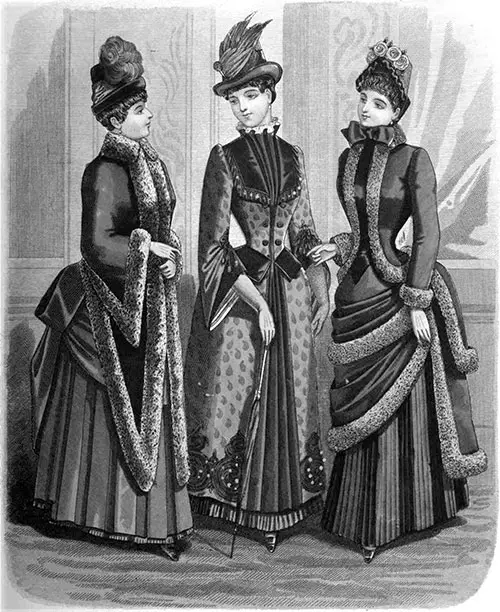
Plate 1: Visiting Mantle, Outdoor Coat, and Promenade Costume
Fig. 1. — (C 147). — Visiting Mantle made of purple plush trimmed with far. The back is short, the front very long. Will require 4 yards of plush; 10 yards of fur.
Fig. 2. — (445). — Outdoor Coat made of broché and plain velvet, trimmed with large embroidery. The body is trimmed with large collar and revere, ornamented with passementerie.
The sleeves are wide and well-trimmed. The coat forms a jacket with the help of a thick velvet refers going all around the waist and trimming the back. Will take 10 yards of broché; 4 yards of velvet; 6 buttons.
Fig. 3. — (446). — Promenade Costume of blue poplin trimmed with chinchilla far. The body is made with a simulated gilet trimmed with fur (a velvet gilet might be substituted). The overskirt has two draperies edged with fur.
The back is arranged in two draperies likewise edged with fur. The plissé underskirt is of two shades of blue. Will require 10 yards of dark blue; 5 yards of light blue poplin; 9 yards of fur. (We give the pattern of Corsage full-sized with this No.)
The Osborne Corsage (446.)
The pattern we have chosen this month to present to our fair readers is that of the elegant Corsage shown in the third figure of our first plate. The design is complete and consists of seven pieces, viz., front, sidepiece of the front, gilet, back, sidepieces of the back, collar, and sleeve.
Bows of pricking on the front show where the fullness is to be taken out to regulate the size of waist; there are two cuts near the top of under-arm seam corresponding to similar cuts on the sidepiece of the front, which show where the two are joined together.
There is also a line of pricking on the gilet, showing where it should join the front edge. The back and sidepiece are of the usual shape and should be joined to each other and the front in an ordinary manner.
A notch on the collar indicates the middle of the back, and a row of pricking shows the turn-down line. Pricking also suggests the underside of the sleeve, which is of the coat form.
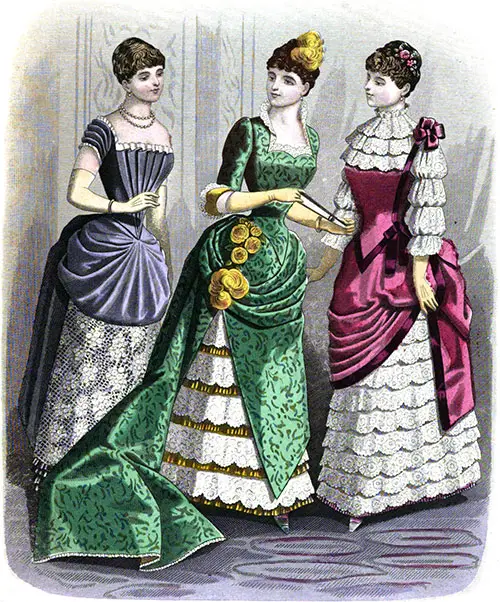
Plate 2: Dinner Dress, Dinner Costume, and Young Lady's Dinner Dress
Fig. 1. — (417). — Dinner Dress for a young married lady, made of mauve plush, trimmed with lace. The body is made open, square in front, and shawl style at the back. It is pointed back and front and ornamented with a fan-shaped plissé instead of the gilet.
The overskirt forms a full bouillonné drapery in front and large pleats at the back. The skirt is covered with rich white lace laid over mauve and is edged by four narrow plissé flounces. Will require 10 yards of plush; 1 ½ yards of lace 44 inches wide.
Fig. 2. — (443). — Dinner Costume of green broché, trimmed with lace and old gold satin. The body is made pointed back and front and opened square in front. The overskirt forms a long fall train at the back.
The front drapery is a points en chále, falling on a skirt composed of lace flounces and old gold satin plissés. Will require to make 11 yds. broché; 10yds. lace; 3 yds. satin for plissés.
Fig. 3. — (449). — Young Lady's Dinner Dress made of cerise satin and white lace. The body is pointed back and front and has a low neck filled in by a Berthe of the lace flounces. The bouffants sleeves are made of lace.
The overskirt of cerise satin is well draped on the back and front on a skirt of lace flounces. The whole is trimmed with claret ribbon velvet. Will take 7 yards of satin; 27 yards of lace; 3 yards of Claret velvet ribbon; 1 yard of velvet in a piece.
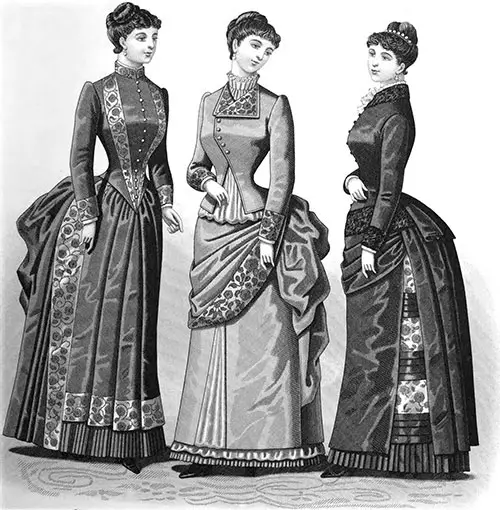
Plate 3: Promenade Costume, Visiting Costume, Black Silk Dress
Fig. 1. — (450). — Promenade Costume of dark green cloth trimmed with broché velvet. The body is pointed back and front and decorated with revere.
The skirt is laid in deep folds in front, edged with a band of velvet and a plissé; on each side of the tablier, a broad panel of broché is sown. The back is made of plissés and pleats, surmounted by a bouffant. Will require to make 12 yards of material; 2 yards of velvet; 18 buttons.
Fig. 2. — (451). — Visiting Costume of Irish poplin and velvet. The jacket-body is double-breasted to the waist, where it is opened to show a soft gilet made of surah. The back forms a short coattail.
The overskirt is draped high at the left side, trimmed with a revere of velvet; the right side is draped lower. The back is very bouffant over a plain skirt decorated with éventail plissés and edged with a small bouillonné and plissé.
Will require 12 yards of poplin; 1 1/2 yards of broché; 6 buttons.
Fig. 3. — (452). — Black Silk Dress trimmed with Astrakhan. The body is made round in front and forms a pleated jacket at the back. The tablier is composed of a straight piece of silk above which is a small drapery laid in folds.
The panel at each Bide is made of silk tucks and pink brocade. The back of the skirt is a waterfall. A plissé edges the skirt. Will take 12 yards of silk; 3/4 yard of broché; 2 1/4 yards of Astrakhan; 18 buttons.
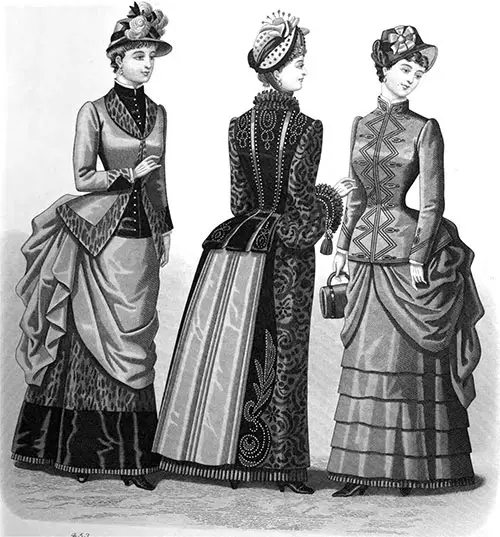
Plate 4: Promenade Costume, Elegant Mantle, Traveling Costume
Fig. 1. — (453). — Promenade Costume made of cashmere, broché, and velvet. The jacket is fastened in the front by one button only; revere and band of broché trim it. The chasseur gilet is rounded.
The overskirt is well draped back and front. The skirt is made of broché, edged by a deep band of velvet and a small plissé. Will require to make 3 1/2 yards of cashmere double width; 2 ½ yards of velvet; 4 yards of broché; 18 buttons.
Fig. 2. — (C 148). — Elegant Mantle made of broché, velvet, and ottoman. The front and sleeves are made of broché, satin, or velvet. The back of jacket, side, and front panels are of plain embroidered velvet.
The fullness at the back is made of ottoman. Will require to make 3 1/2 yards of Brocade; 2 3/4 yards of velvet; 2 1/2 yards of ottoman; 12 buttons.
Fig. 3. — (454). — Traveling Costume of dark blue serge. The jacket is made round, braided in front as a gilet, and at sleeves to imitate cuffs. The overskirt is laid in panniers in front, and very bouffant at the back. Skirt made with five deep tucks. Will require 12 yards of serge.
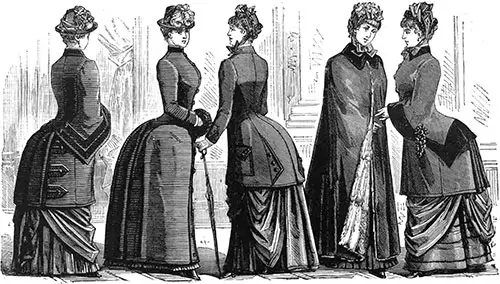
Plate 6: Visiting Costume of Woolen Ottoman, Long Coat, Close-Fitting Paletot, Rotonde, Visiting Costume
Fig. 1. — (C 141). — Visiting Costume Of Woolen Ottoman trimmed with woolen braid. Will require 3 1/2 yards of ottoman; 9 yards of braid; 12 buttons.
Fig. 2. — (C 146). — Long Coat made of thick ribbed velvet; it is made single-breasted in front and has two box pleats at the back. Will take 10 yards of velvet; 12 buttons.
Fig. 3. — (C 142). — Close-Fitting Paletot of brown cloth trimmed with satin pipings and buttons. Will take 2 1/2 yards of fabric; 24 buttons.
Fig. 4. — (C 149). — Rotonde made of cashmere trimmed with castor and lined with Russian rabbit. Will take 3 yards of double width cashmere; 2 sheets of fur; 1 fur collar.
Fig. 5. — (C 150). — Visiting Costume of cloth trimmed with plush and passementerie. It is single-breasted, full at the back. Will take 3 yards of fabric; 1 yard of plush; 6 buttons; 2 motifs.
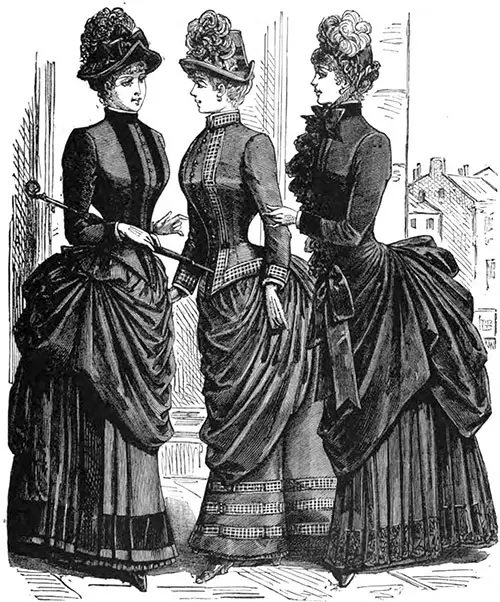
Plate 7: Promenade Costumes, Black Cachmere Dress
Fig. 1. — (455). — Promenade Costume of black cashmere, trimmed with velvet. The body is pointed back and front and decorated with a velvet gilet.
Overskirt well draped back and front; full skirt trimmed with two panels of velvet and crossed by a band of velvet all around the skirt. Will require 12 yards of cashmere; 3 yards of velvet; 18 buttons.
Fig. 2. — (456). — Promenade Costume of brown cloth trimmed with velour quadrillé. Body pointed in front and forming full drapery at the back, well-draped tablier on a plain skirt, crossed by three bands of velour. Will take 12 yards of cloth; 1 1/2 yards of velour; 12 buttons.
Fig. 3. — (457). — Black Cashmere Dress trimmed with woolen lace. The polonaise is made with a jabot of lace and ribbon, velvet collar and cuffs. It is well draped at the back and front on a plissé skirt, edged with black woolen lace. Will require 12 yards of cashmere; 8 yards of lace; 3 yards of ribbon.
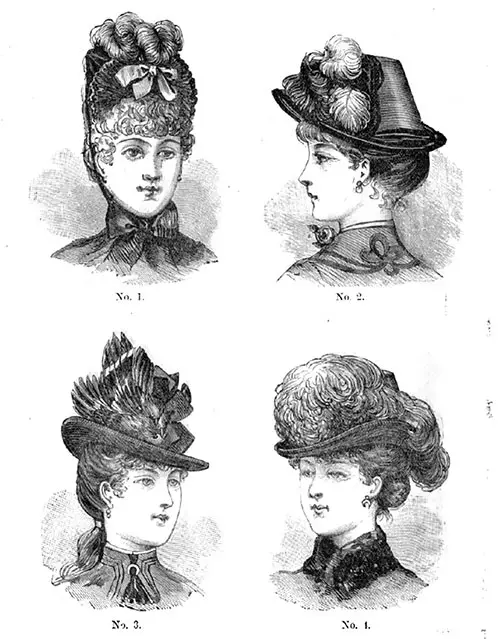
Plate 8: This Plate represents one bonnet and three hats
1st. —Bonnet made of black velvet, with cardinal feathers and bows.
2nd. — Hat of grey felt, trimmed with garnet feathers mixed with pink and garnet ribbon.
3rd. — Brown Felt Hat trimmed with two red colored birds and brown ribbon.
4th. — Black Felt Hat trimmed with a long black feather.
"Observations on London Fashions," and "Description of the Plates of Costumes," in London and Paris Ladies Magazine of Fashion, Literature and Fine Arts, London: Kent & Co. Vol. 58, No 650, February 1885, p. 1-4.
Terminology
Surah -- a soft twilled silk fabric used in dressmaking.
Editor's Note: Some terminology used in the description of women's clothing during the 1800s and early 1900s has been changed to reflect more modern terms. For example, a women's "Toilette" -- a form of costume or outfit has an entirely different common meaning in the 21st century. Typical terms applied to "toilette" include outfit, ensemble, or costume, depending on context.
Note: We have edited this text to correct grammatical errors and improve word choice to clarify the article for today’s readers. Changes made are typically minor, and we often left passive text “as is.” Those who need to quote the article directly should verify any changes by reviewing the original material.
